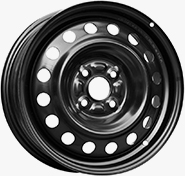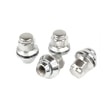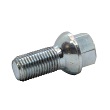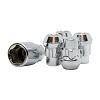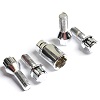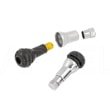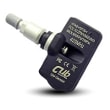Check Engine – what does it mean and can you drive with this light on?
The Check Engine light (also known as the check engine light) is one of the most recognizable symbols on a car's dashboard. Its illumination often causes concern, but it's not always a reason for immediate panic. Sometimes it indicates a minor fault, and sometimes a serious problem requiring immediate attention. In this article, we explain what the Check Engine light means, the most common causes, when you can continue driving and when you should stop immediately. We'll also discuss how to reset the light, the role of OBD diagnostics, and when a visit to a mechanic is necessary.
Check Engine Light – What Does It Mean?
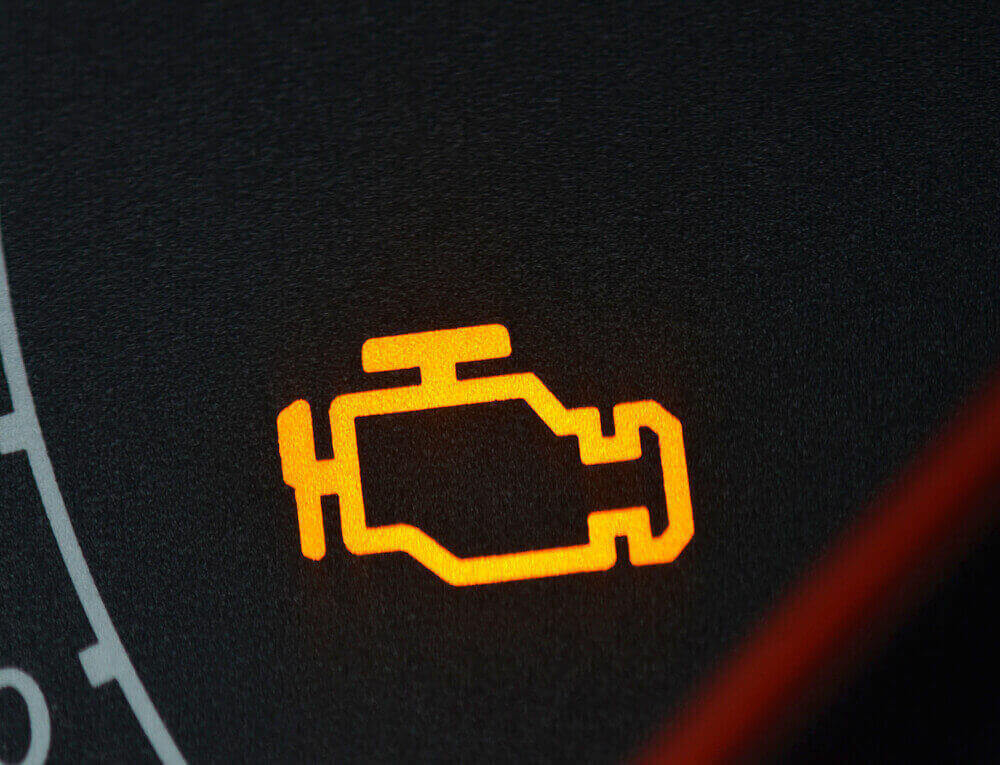
The Role and Purpose of the Check Engine Light (MIL – Malfunction Indicator Lamp)
The Check Engine light is part of the on-board diagnostics (OBD) system, which monitors the engine and emissions systems. When the engine control unit (ECU) detects a problem, it stores a fault code and alerts the driver by illuminating the light. It's important to distinguish between a steady light and a flashing light. A steady light typically indicates a fault, which can still be driven to a repair shop with caution. Flashing , on the other hand, signals a serious problem, such as a misfire, which can quickly lead to catalytic converter damage.
Connecting to OBD-II systems – how does it work?
Modern cars are equipped with the OBD-II standard, which allows for reading error codes using a diagnostic scanner. The Check Engine light is a visual signal that a fault has been stored in the ECU's memory. Reading the code allows for precise localization of the problem and provides a starting point for further diagnostics.
Check Engine – causes of the light coming on
The most common, simple faults – not always a reason to panic
- A loose or damaged fuel cap – a leak in the fuel vapor system can trigger the warning light. After tightening the cap, the error often disappears after a few driving cycles.
- Damaged lambda probe – the exhaust gas oxygen sensor is responsible for the correct composition of the fuel-air mixture; failure increases fuel consumption and exhaust emissions.
- Worn spark plugs or coils cause misfiring, which manifests as engine hesitation and loss of power. They should be replaced regularly, along with tires andalloy wheels , to maintain the vehicle's full operational efficiency.
- Mass air flow sensor (MAF) failure – incorrect air flow measurement disturbs engine operation and may increase fuel consumption.
- EGR valve problems – a blocked exhaust gas recirculation valve causes errors and a decrease in engine performance.
More serious failures requiring immediate attention
- Damaged catalytic converter – often the result of driving with other faults, repair can cost several thousand zlotys.
- Fuel system problems – an inefficient fuel pump or clogged injectors can cause loss of power and difficulty starting the car.
- Leaks from the vacuum system – the ingress of “false” air disturbs the composition of the mixture.
- Serious mechanical engine faults – e.g. timing problems, which can lead to expensive repairs.
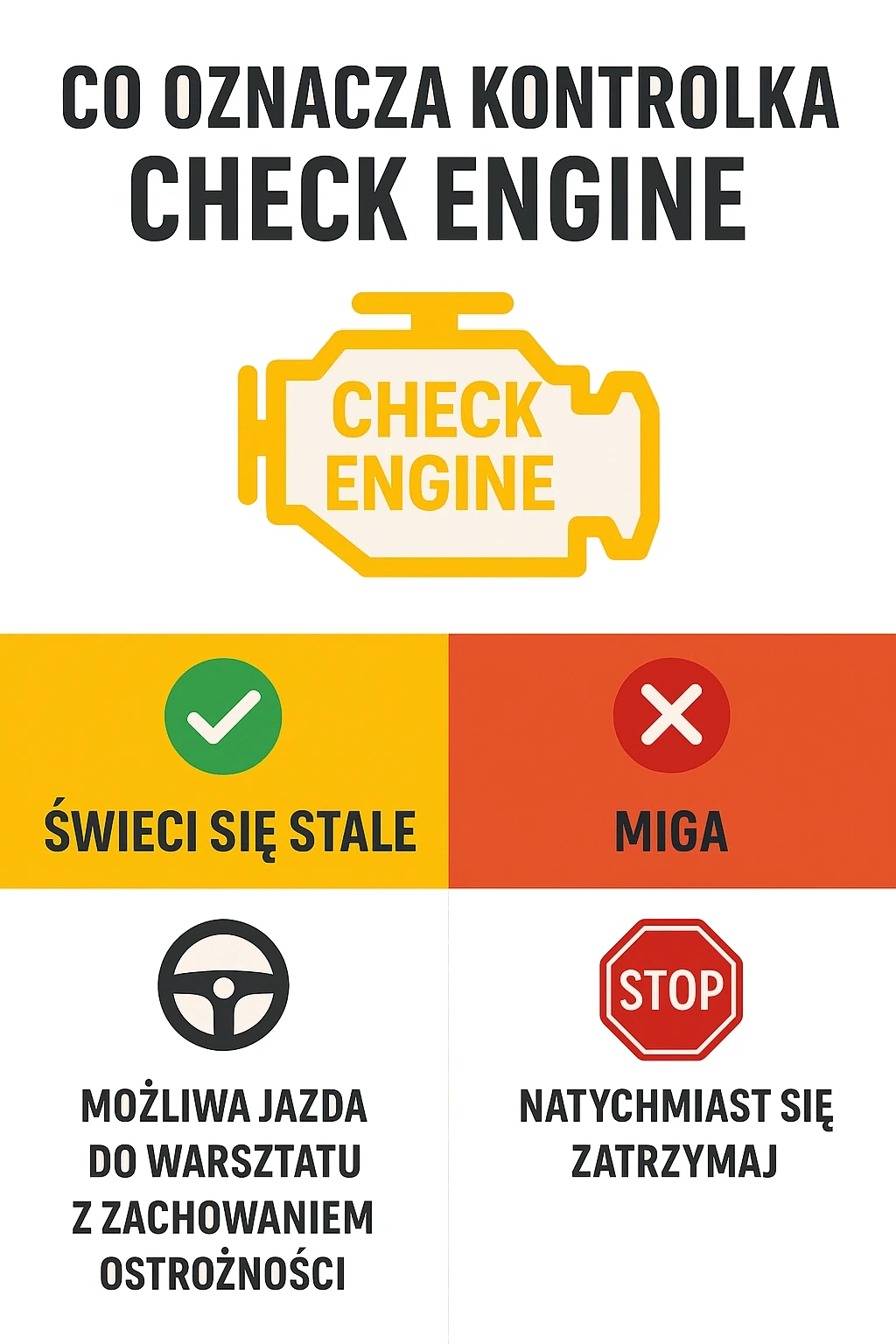
Other factors that can cause the light to come on
- Poor fuel quality – may cause misfires and sensor errors.
- Neglect of servicing – not replacing filters, used oil or old ignition cables.
- Moisture in the electrical system – especially after washing the engine or heavy rainfall.
- Natural wear and tear of components – some components have a limited lifespan.
Can you drive with the Check Engine light on?
Situation assessment – flashing or steady?
If the light is on constantly , in most cases you can drive to a repair shop, but you should avoid aggressive driving and high revs. However, if the light flashes , it indicates a serious problem that could cause immediate damage to the catalytic converter. If this occurs, you should stop the vehicle immediately.
Accompanying symptoms – when is driving risky?
Regardless of whether the light is on or flashing, you should stop driving if it's accompanied by a noticeable loss of power , rough engine operation , or unusual noises coming from the engine compartment . Excessive fuel consumption , smoke from the exhaust pipe , or the smell of exhaust fumes in the cabin are also warning signs. These symptoms indicate that the problem may be rapidly worsening.
Potential consequences of ignoring the indicator light
Ignoring the Check Engine light can lead to damage to expensive components, such as the catalytic converter, which can cost thousands of zlotys to replace. Furthermore, fuel consumption and emissions increase, and the car may fail its mandatory inspection.
Is it possible to clear the Check Engine?
Methods of resetting the indicator light – temporary solutions
There are several ways to clear the Check Engine light. The simplest is to disconnect the battery for a few minutes, which resets the control computer. A more effective and safer solution is to use an OBD-II scanner , which allows not only to clear the error but also to read its code, simplifying diagnostics.
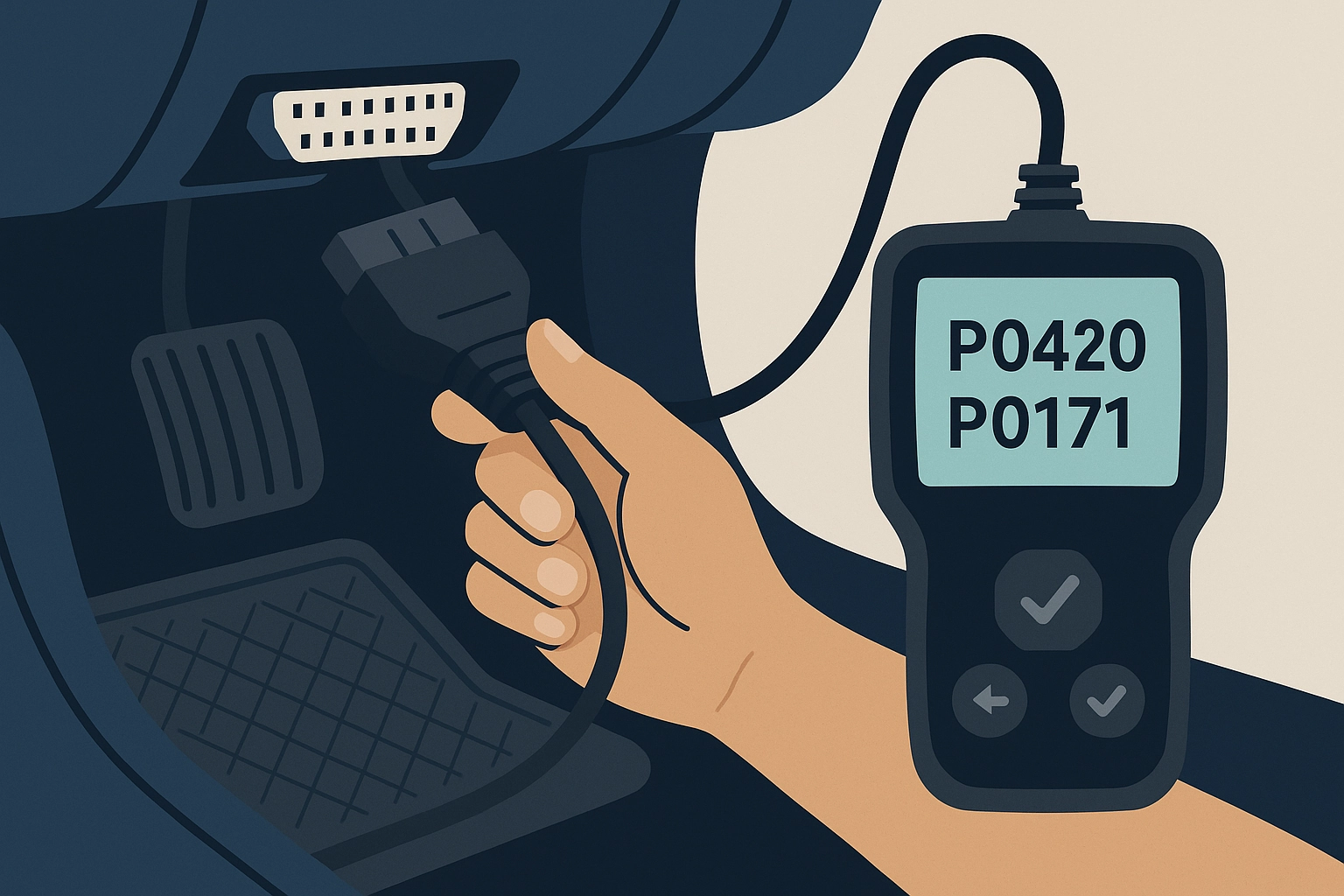
When is resetting acceptable and when is it not advisable?
Resetting is only justified when the cause of the fault has been removed, for example, after replacing a faulty spark plug or tightening the fuel filler cap. If the source of the problem is unknown, resetting the light is not recommended, as it only masks the real fault.
Why does the Check Engine light come on again?
Most often, the cause is that the fault was not actually repaired. In other cases, the error is the result of secondary problems that require more detailed diagnostics.
When should you go to a mechanic with a Check Engine light?
Situations requiring an immediate visit to the workshop
A flashing Check Engine light requires immediate attention, especially if it's accompanied by symptoms such as a loss of power, a jerky engine, or smoke from the exhaust. A visit to the workshop is also necessary if the light came on after filling up at an unfamiliar station, if you can't diagnose the problem yourself, or if a MOT is due soon.
Diagnostic process in the workshop – what to expect?
The mechanic first connects the car to a professional OBD-II scanner to read error codes stored in the ECU, such as P0420 (low catalytic converter efficiency) or P0171 (lean air-fuel mixture). Next, he analyzes the engine's operating parameters, performs component tests, and performs a visual inspection. Based on this, he prepares a repair plan and a cost estimate.
Avoiding costly repairs – don't ignore the signs
Responding early to a check engine light can help prevent more serious problems. Regular vehicle servicing and preventative maintenance are the best way to minimize the risk of expensive repairs.
The check engine light isn't just a warning, but above all, a signal to act. It may indicate a minor fault, but ignoring it can lead to serious breakdowns. Knowing the most common causes, assessing the situation, and reacting quickly can save you money and improve driving safety.

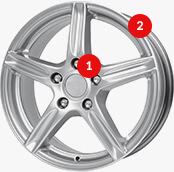

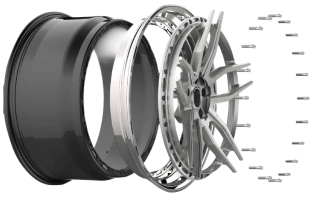
 Modern design
Modern design Perfect fit
Perfect fit High durability
High durability Free shipping within 24 hours
Free shipping within 24 hours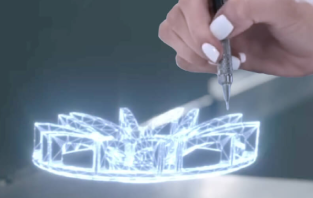
 Individual project
Individual project Dedicated caregiver
Dedicated caregiver